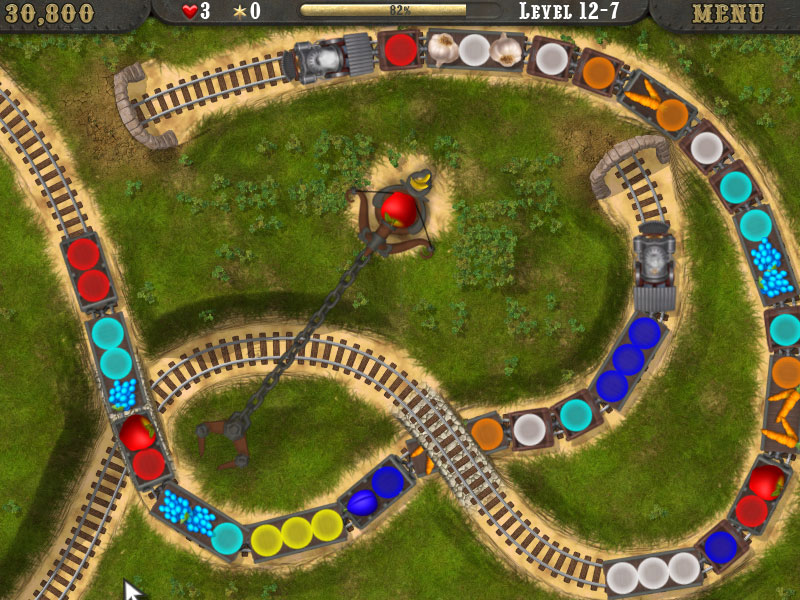

In the command line type javac -version, this will show the current version of JDK installed on your matching or an error* if Java is missing. You can check it by opening terminal (press command + space and write terminal ). **ĭrag and drop Android Studio into the Applications folder, then launch Android Studio. If the JDK is not available or the version is lower than 1.8, download the Java SE Development Kit 8. You can check it by opening terminal (press command + space and write terminal). Download those, after downloading the IDE will open and you will be able to write your first app. Then Android Studio ask to download the required API's to develop Android apps. When you open Android Studio for first time, it may ask you to copy your previous settings, but as it is your first time you can simply choose not to copy anything.

If the JDK is not available or the version is lower than 1.8, download the Java SE Development Kit 8.įollow the wizard to install Android StudioĪfter installation completes, open Android Studio from the shortcut that has been made on Desktop during the installation process. In the command prompt type javac -version, this will show the current version of JDK installed on your matching or an error* if Java is missing. You can check it by opening command prompt (press windows key and write cmd ).


 0 kommentar(er)
0 kommentar(er)
